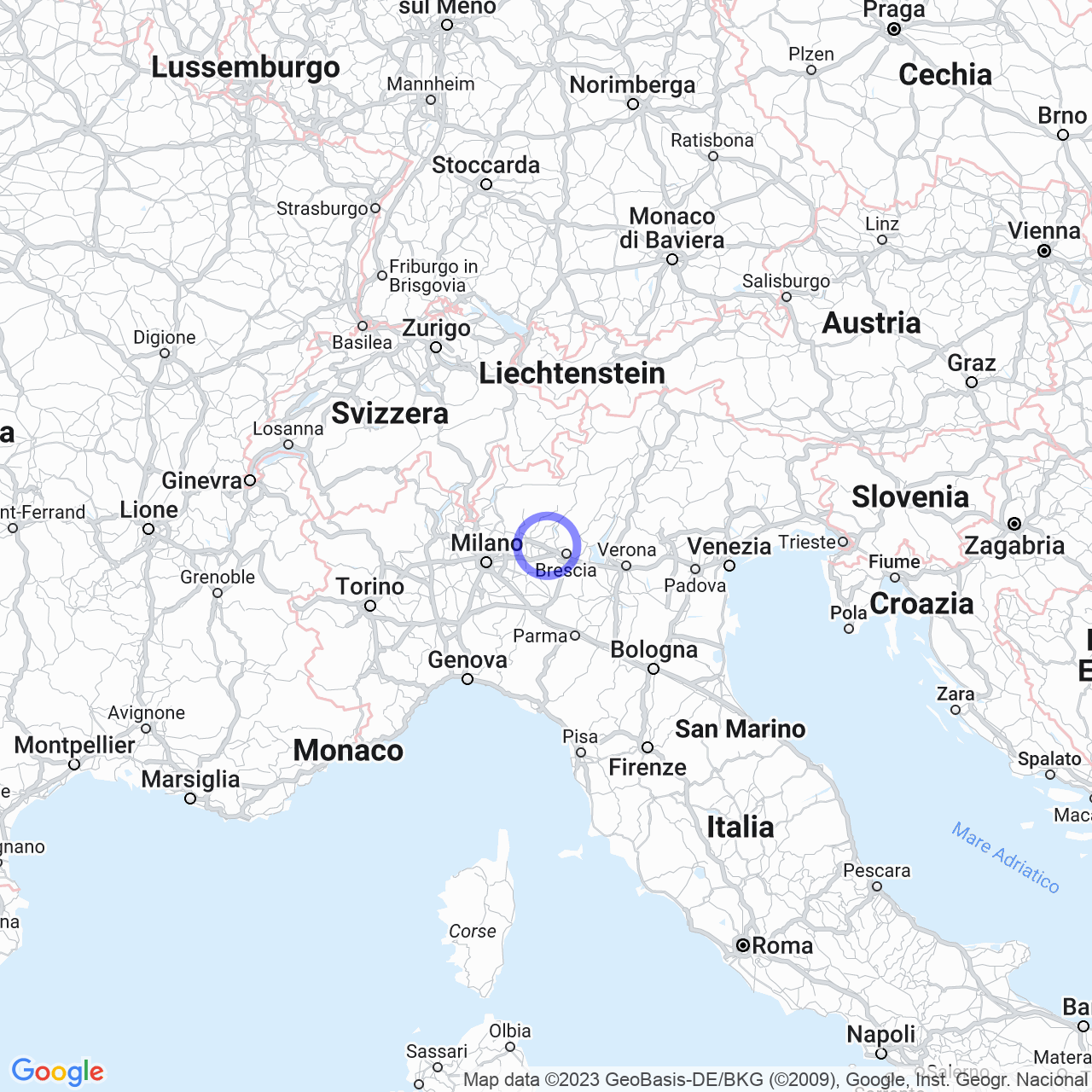Adro
Welcome to Adro, a municipality in Lombardy
Hello everyone! Today I want to talk to you about Adro, an Italian municipality in the province of Brescia in Lombardy. Approximately 7,134 people live here and it is known for its rich vineyard tradition thanks to its location in Franciacorta.
The physical geography of Adro
Adro is situated at the foot of Monte Alto (), around six kilometers from Lake Iseo, and is located in the southwestern part of the province of Brescia.

The origin of the name
The origin of the name Adro is uncertain. According to some, it is derived from the Latin word "ater," meaning "dark" or "gloomy," while others think it comes from "acer," indicating the presence of ancient maple forests. In a document from 822, it is referred to as "Atro."
The history of Adro
The village of Adro has ancient testimonies of human presence, including Neolithic artifacts found in the Torbiato hamlet. Additionally, tombs with late imperial (3rd century) and Lombard period objects have been discovered. It was documented as "Atro" in an 822 document in which Abbess Eremperga handed a vico with court to a certain Rampergo. The castle was built between the 13th and 14th centuries and belonged to the Palazzolo sull'Oglio Quadra administration.
During the Terraferma domination, the village of Adro gained importance through the Bargnani family, who were significant in the life of the town between the 17th and 18th centuries, followed by the Dandolo counts.
The symbol of Adro
The coat of arms and flag were granted in a decree by the president of the Republic on April 22, 2008. The oldest form of this coat of arms appears in the 16th-century frescoes of the old parish church. The flag is a yellow and white cut cloth.
Monuments and Places of Interest
Adro is rich in buildings of interest, including:
Religious architecture
The Church of St. John the Baptist, whose construction was completed in 1769, is in the center of the village facing a square embellished with a fountain from the Vantinian period. Inside, there is a triptych from the Romanino school (16th century) and stucco decorations from the 1700s. The main altar is the work of Andrea Fantoni and other artists from his workshop.
The Church of Santa Maria in Favento, a 15th-century church with 15th and 16th-century frescoes restored in 1962.
The Church of Santa Maria Assunta, built in the 16th century on the hills of the ancient castle, now serving as a cemetery chapel. With large Gothic-style bays, it has entrances on the northern side and a staircase protected by a truss portico.
The Bargnani chapel is a religious building dating back to 1600.
Conclusion
I am thrilled to have been able to tell you a bit about the history of Adro, its beauty, and its monuments. See you soon with a new discovery!
